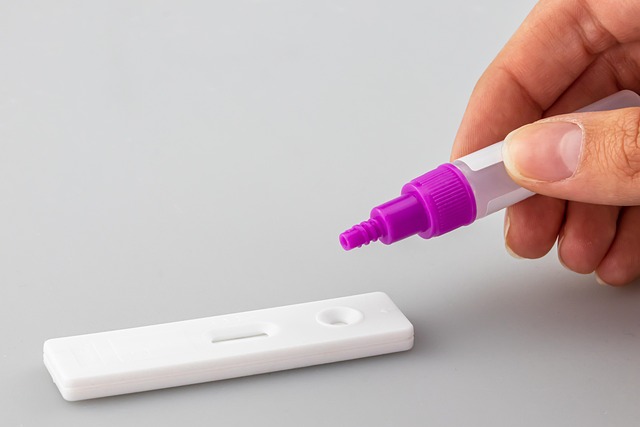Understanding Stochastic Design in the World of Robotics and AI Automatisation
The rapid evolution of technology has brought about significant advancements in robotics and artificial intelligence (AI), all while changing the way we perceive control in various sectors. At the heart of this transformation lies a concept that is gaining momentum: stochastic design. This innovative approach has the potential to revolutionize not only how we design systems but also how we integrate them into everyday business processes.
The Role of Stochastic Design in Robotics
Robotics is one of the fields where stochastic design has begun to make a substantial impact. Traditional design methods often rely on predetermined paths and fixed dynamics, which can limit flexibility and adaptability. However, by incorporating stochastic elements into robot designs, we allow these machines to anticipate a range of possible scenarios, making them more responsive to changing environments.
Imagine a warehouse filled with competing robots tasked with picking and transporting goods. Using stochastic design, this system can account for variations in product placement, unexpected obstructions, and even the behavior of other robots. Instead of following a rigid script, these robots can dynamically adjust their actions, optimizing productivity in real-time while reducing collisions and errors. The outcome? A seamless and efficient operation that translates into substantial cost savings and improved service speed.
AI and the Power of Stochastic Approaches
When it comes to artificial intelligence, the essence of stochastic design permeates decision-making processes. By simulating a multitude of outcomes based on probability, AI systems can forecast trends and behaviors that would otherwise remain hidden in traditional data analysis. This probabilistic thinking enables businesses to make informed decisions with a higher degree of confidence.
In customer service, for instance, AI chatbots using a stochastic design can adapt their responses based on a user’s previous interactions and preferences. If a customer is demonstrating frustration, the AI can predict this emotional state and tailor its responses accordingly. By doing so, it enhances the user experience significantly, creating a more human-like interaction that fosters customer loyalty.
Automatization in Business: A Stochastic Future
As businesses increasingly adopt automation, the integration of stochastic design can deliver unprecedented advantages. In a digitized economy, flexibility becomes crucial. Through stochastic models, businesses can automate processes while allowing for adaptability in various scenarios including supply chain fluctuations, market demands, and operational challenges.
Consider a production line that uses stochastic design principles to predict equipment failures before they happen. By leveraging advanced algorithms that analyze the probability of various breakdowns occurring, businesses can schedule maintenance proactively, preventing costly downtimes and ensuring smooth operations. This level of foresight is invaluable in a competitive marketplace, pushing companies further ahead of their rivals.
The Road Ahead
The potential of stochastic design in robotics and AI automatization is vast, offering pathways to unprecedented control and innovation. As we continue to embrace this powerful tool, we step into a future where machines are not just programmed but are instead capable of making informed choices based on probability and past experiences. This transformative shift promises to refine the way we operate in business, enabling us to harness technology in ways we previously deemed impossible.




